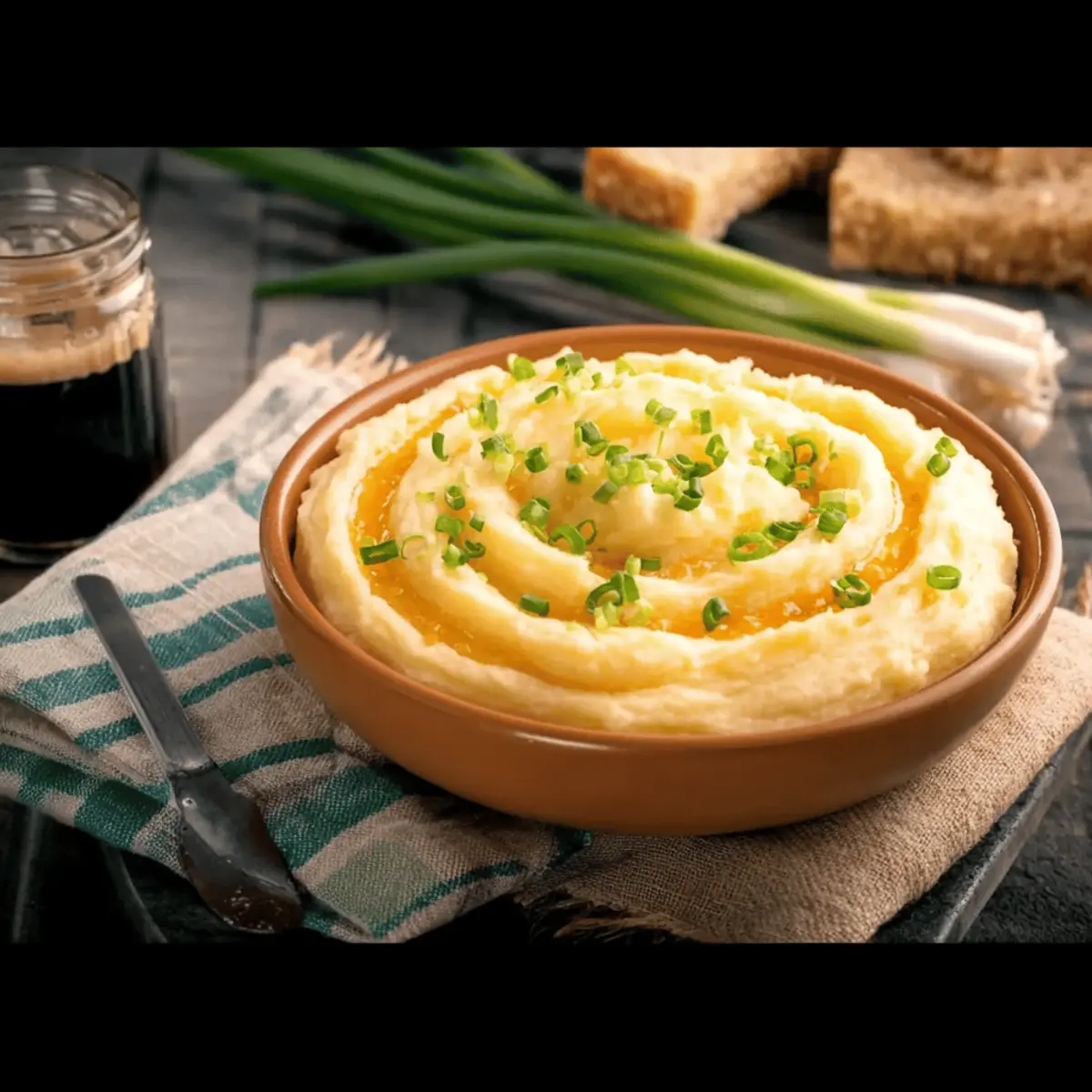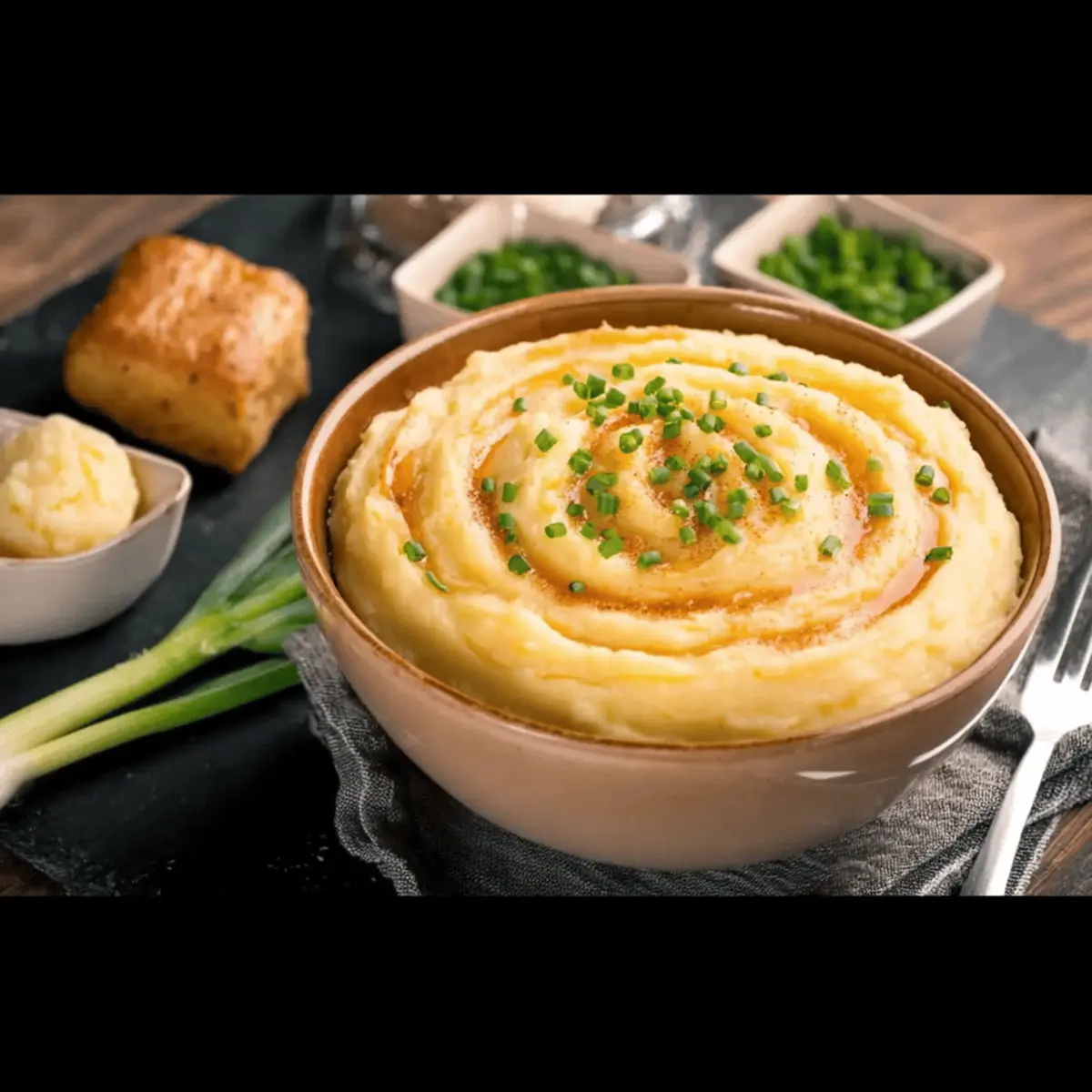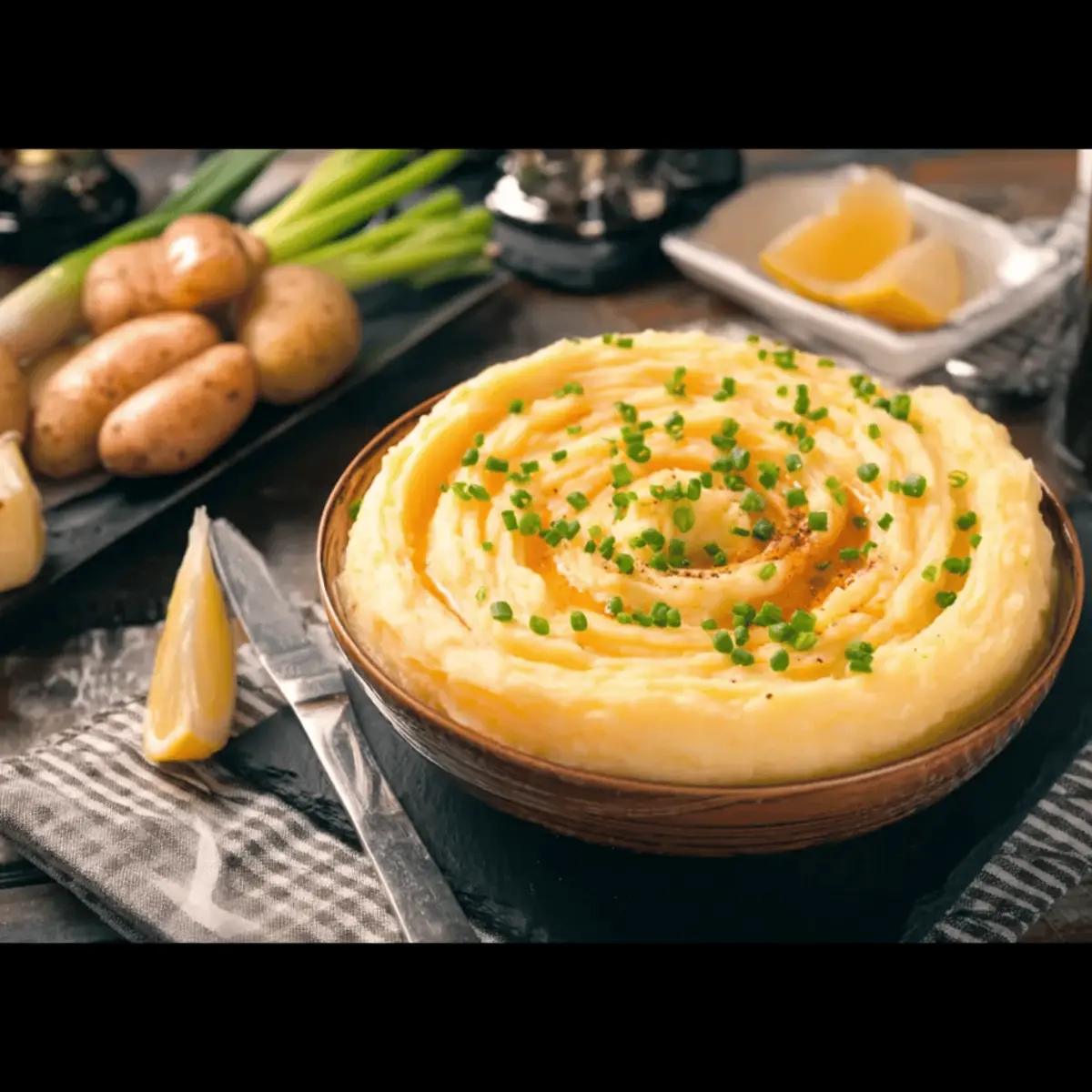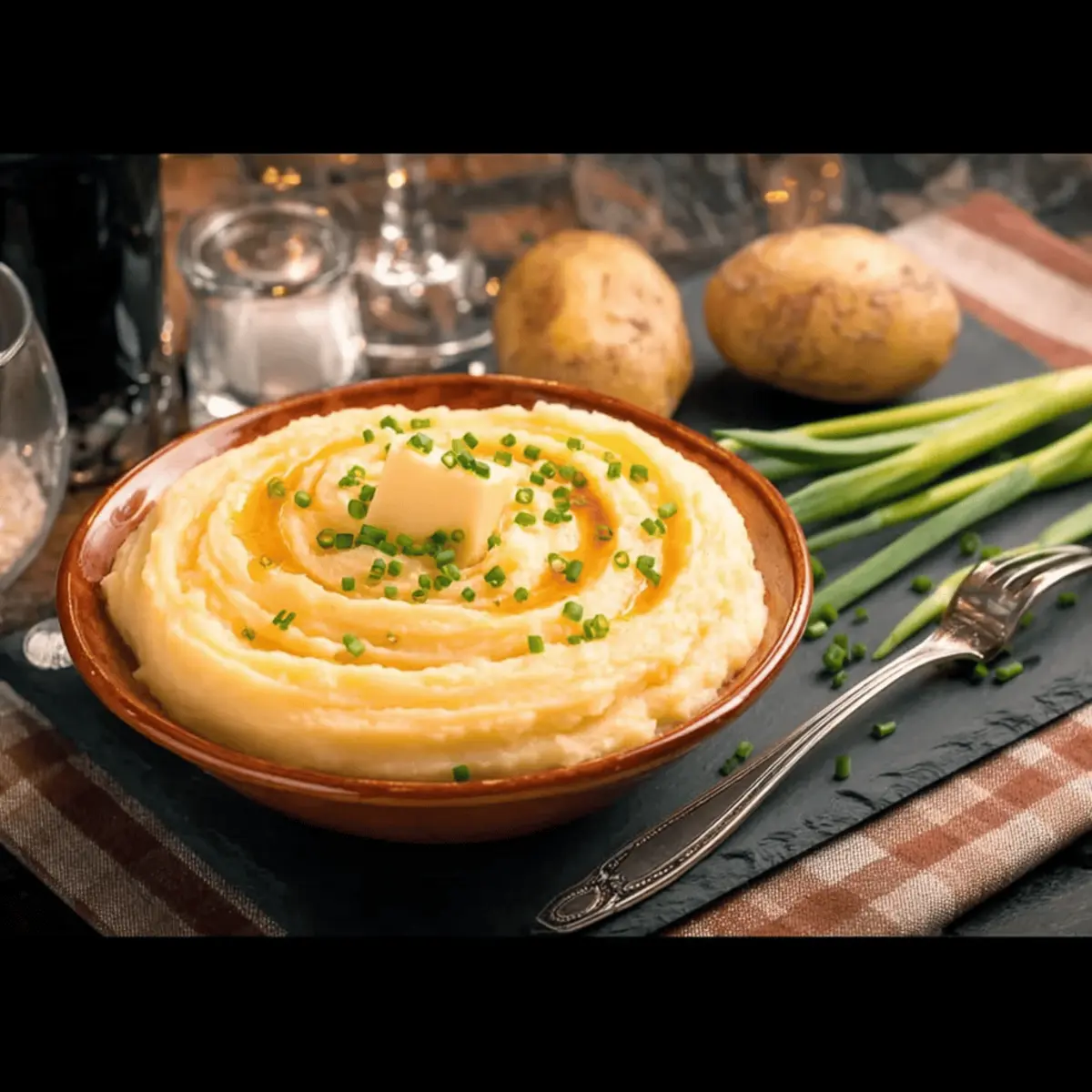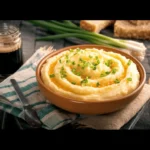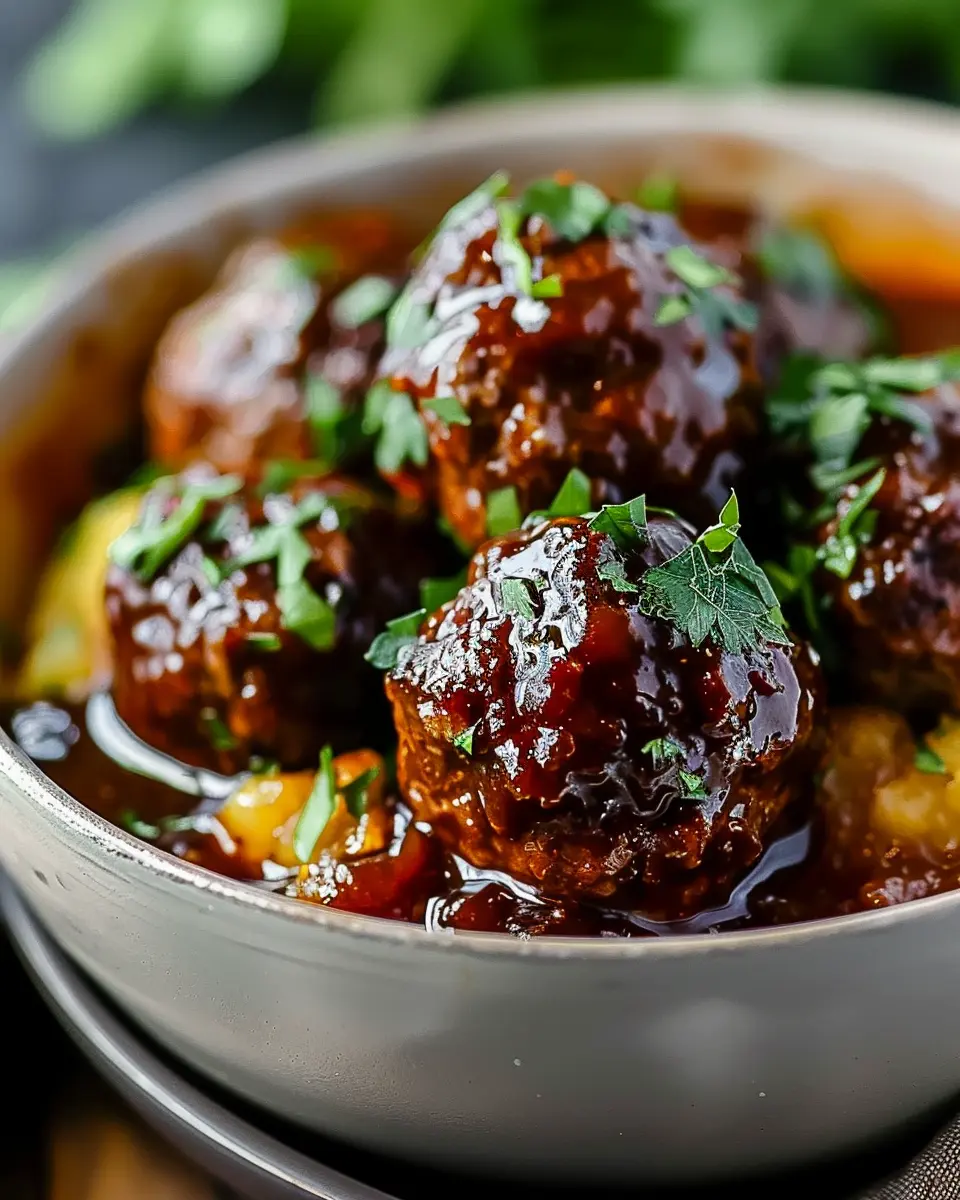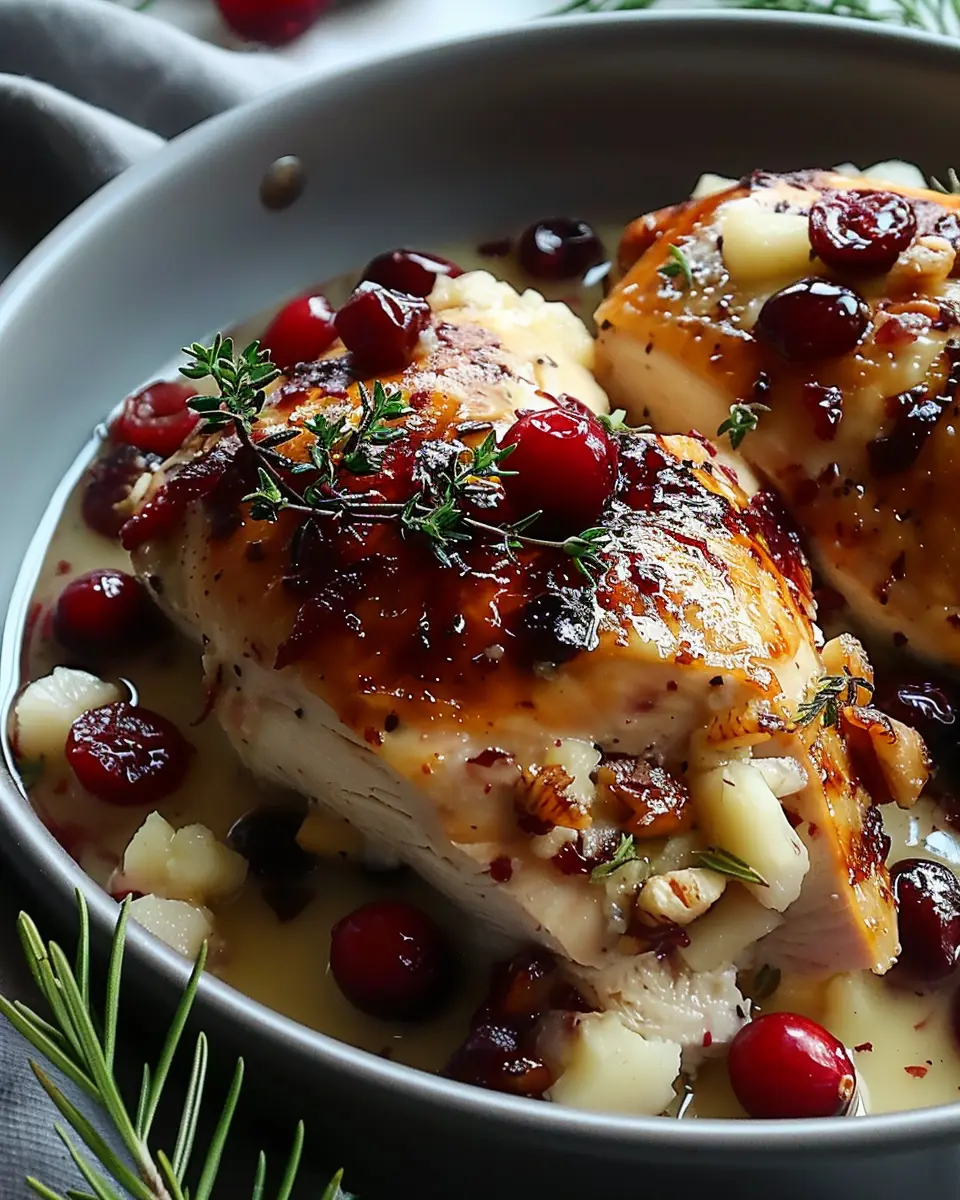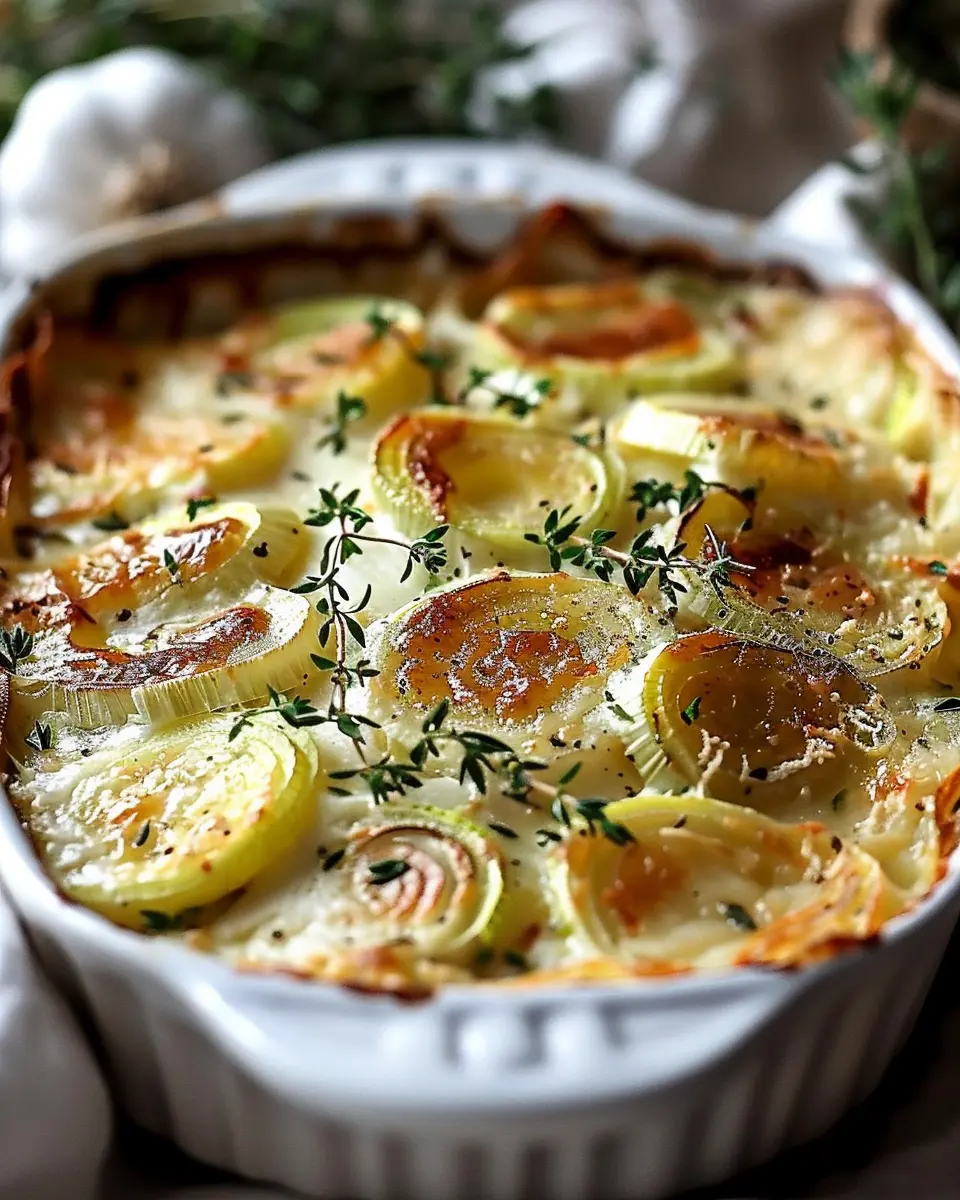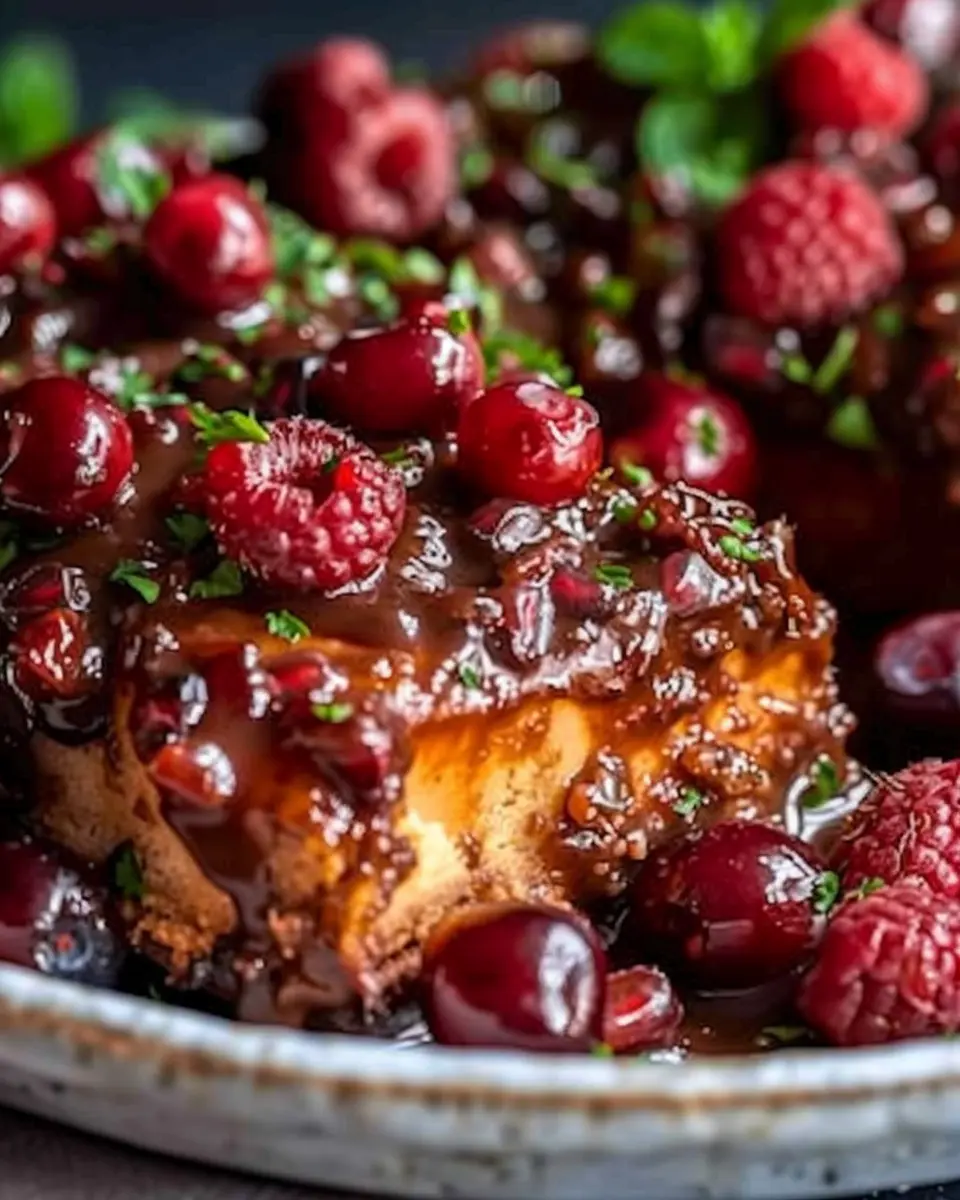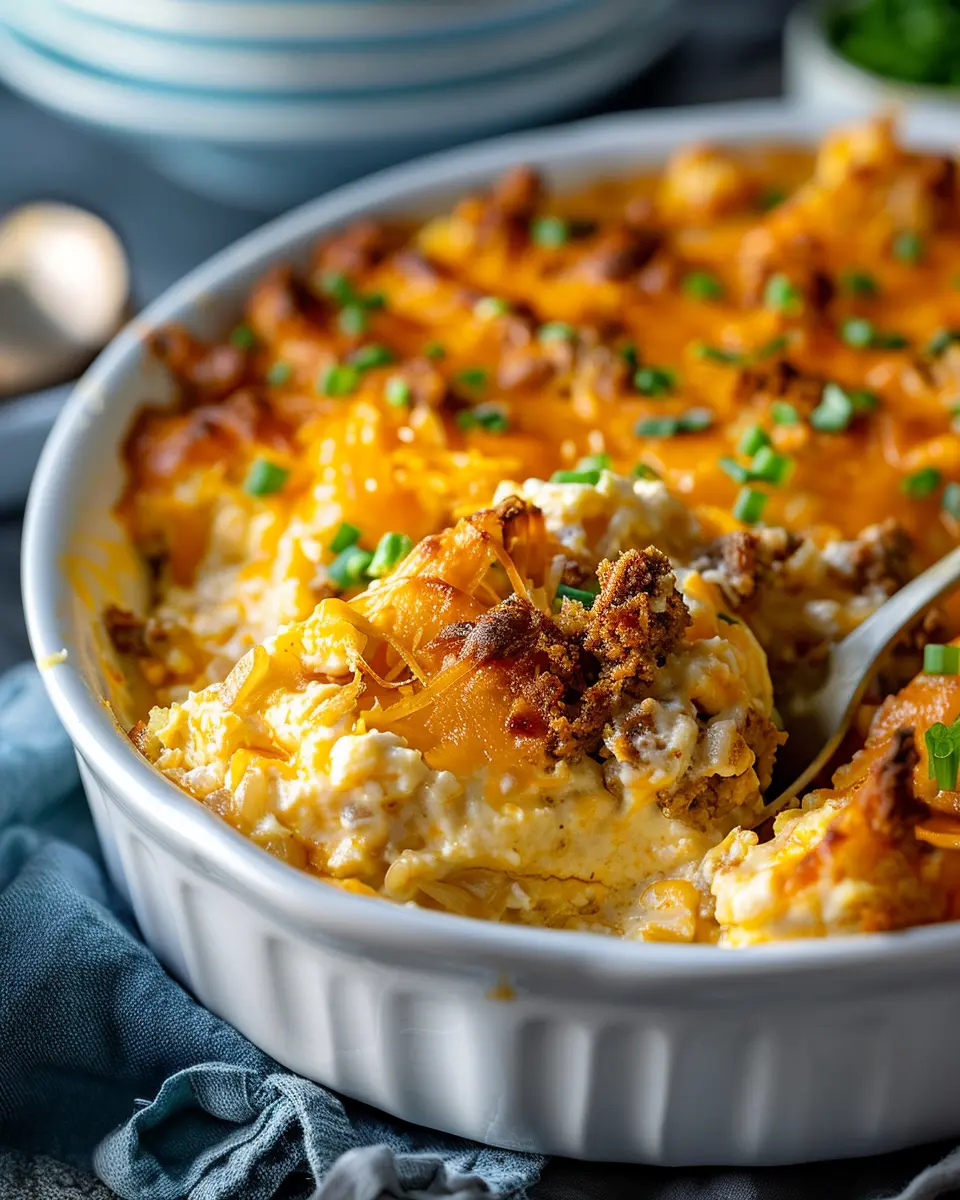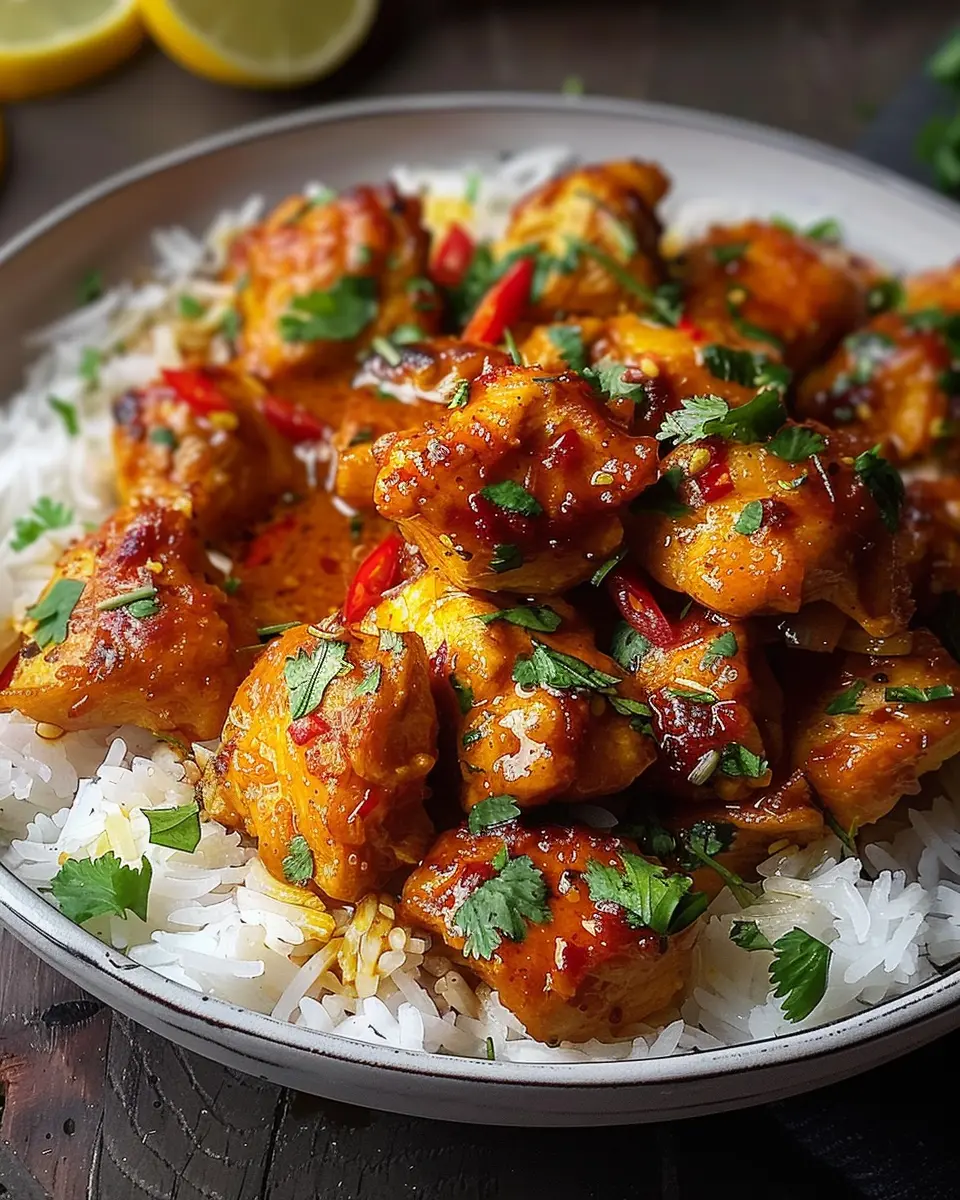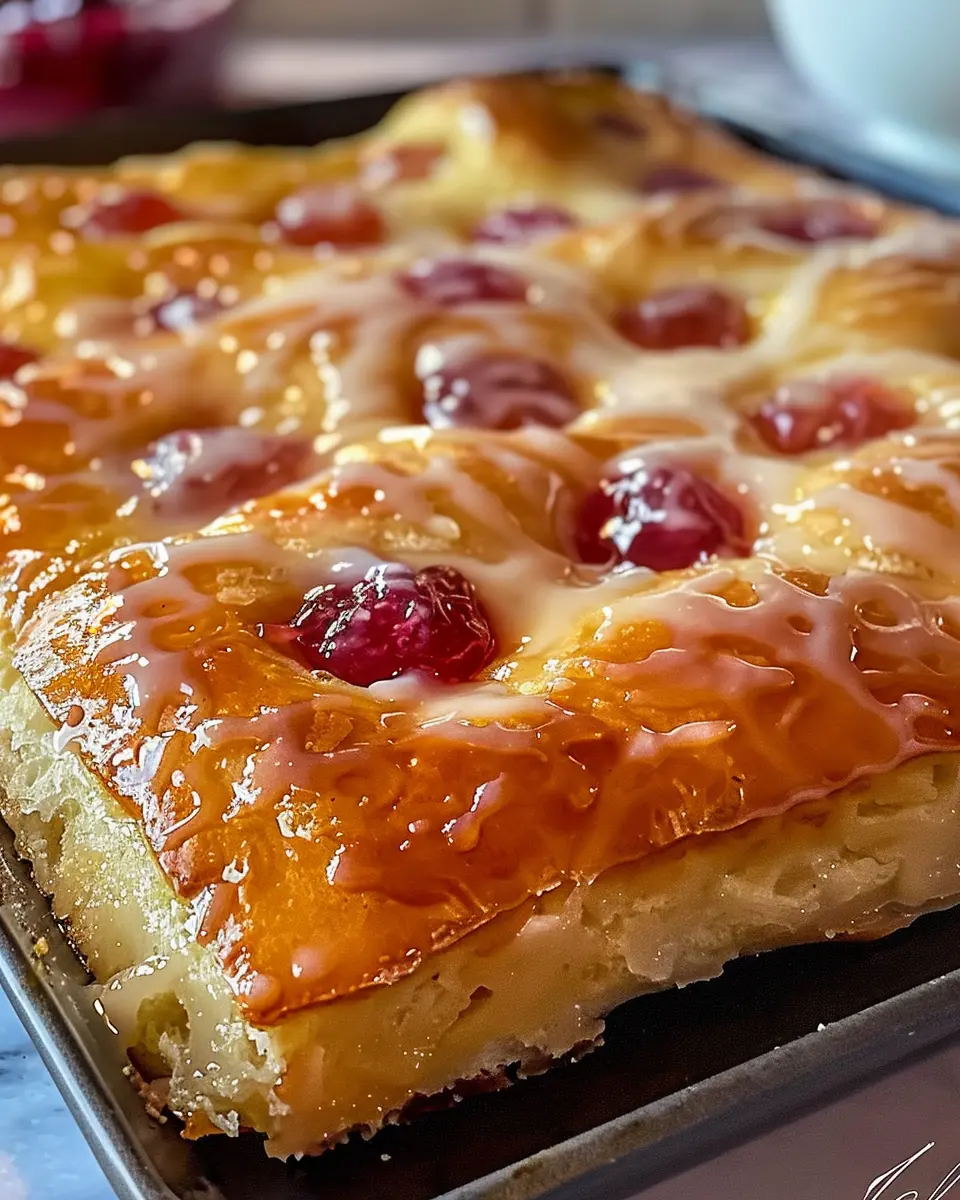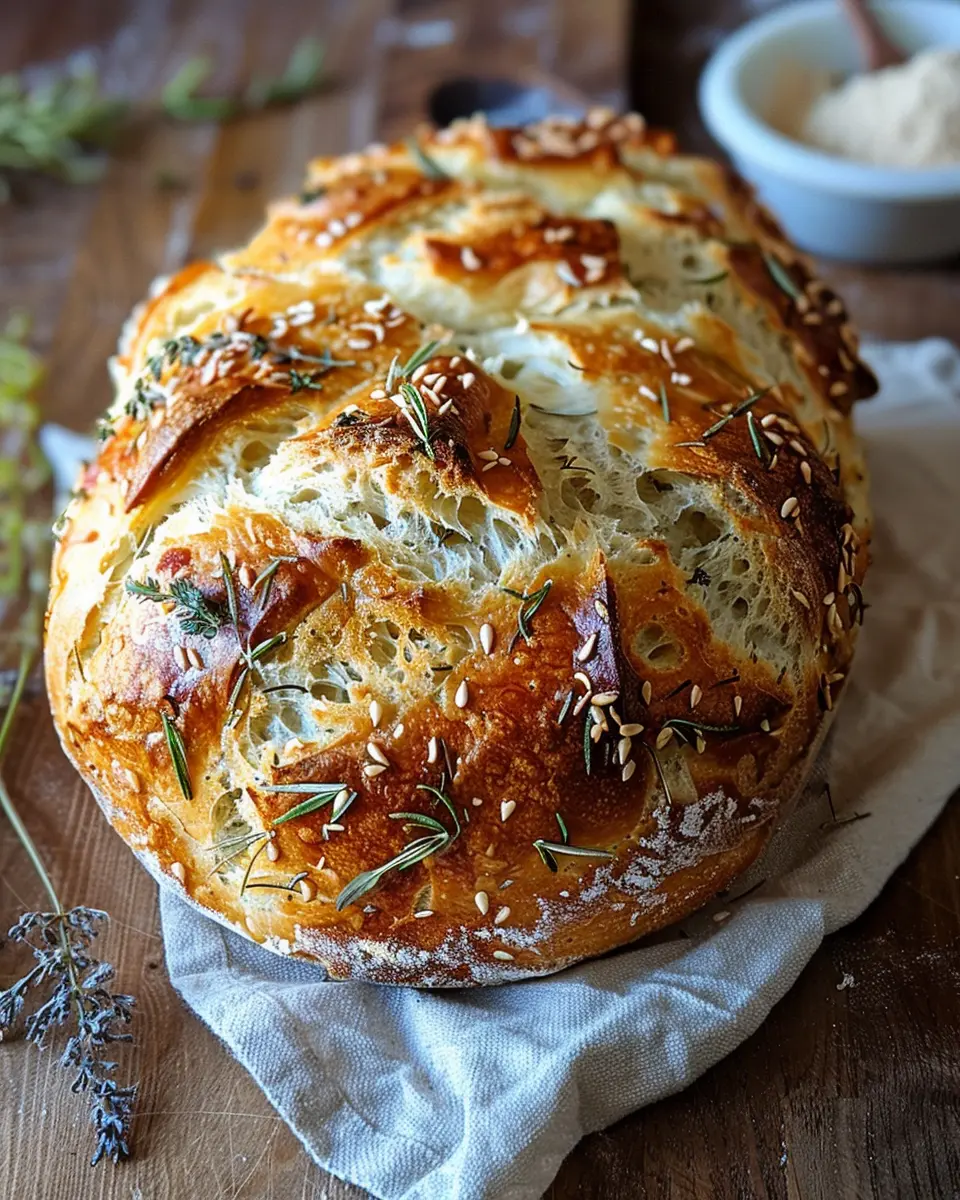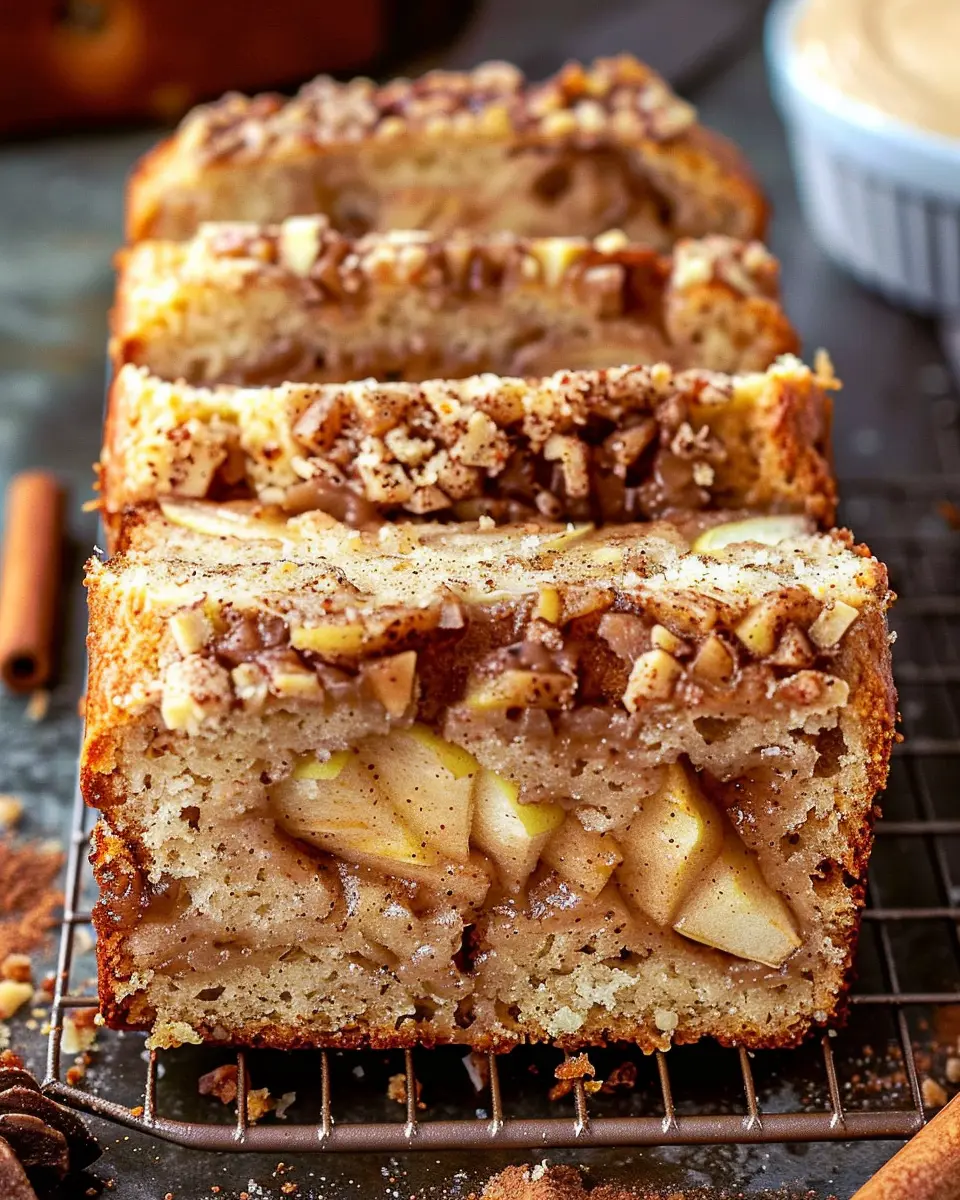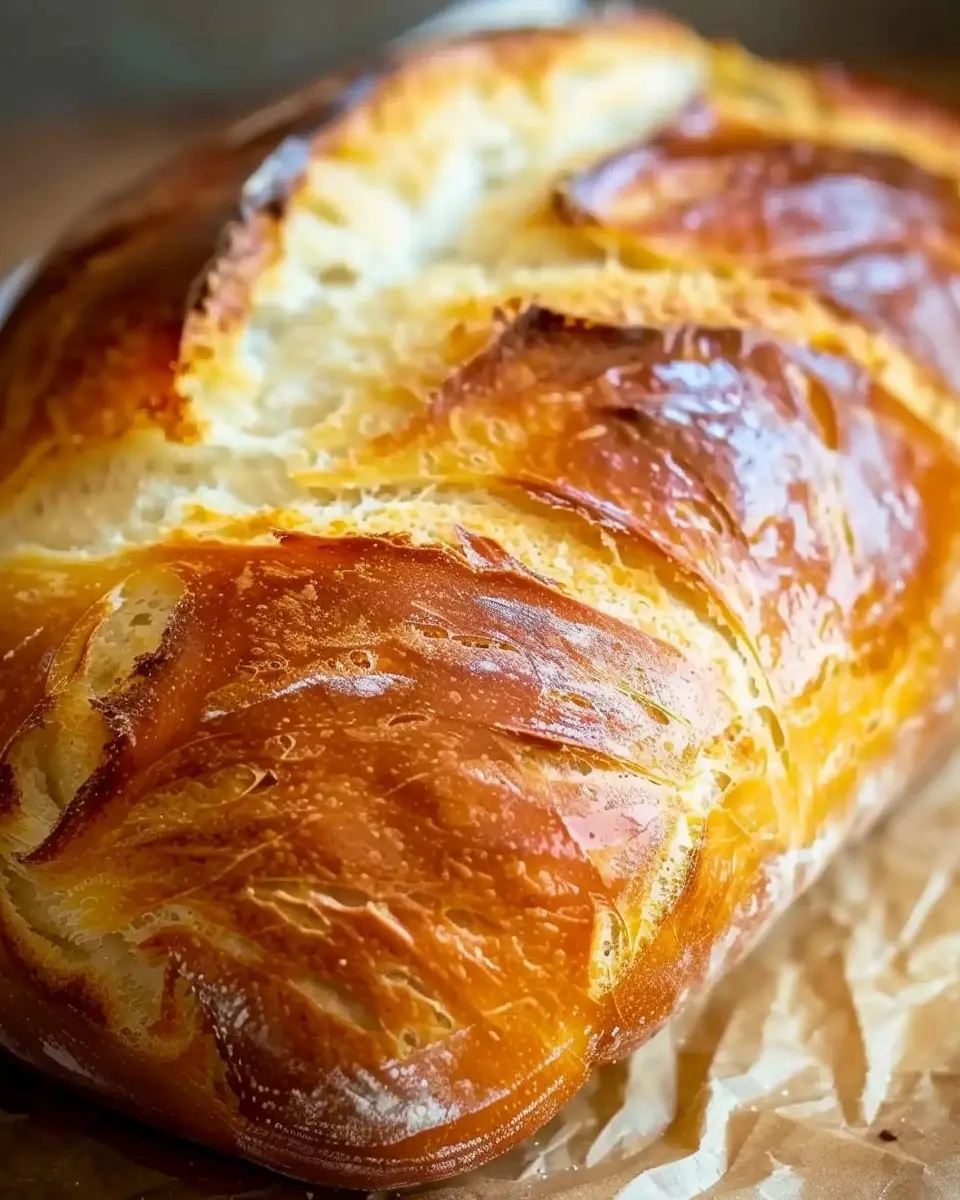Introduction to Irish Food and Drink
When you think of Irish food and drink, what comes to mind? Rich stews, crispy soda bread, and perhaps a pint of Guinness to wash it down? Indeed, the culinary landscape of Ireland is as diverse as its stunning landscapes, combining traditional flavors with a touch of modernity.
A Taste of Ireland: What Makes Irish Cuisine Unique?
What truly sets Irish cuisine apart is its emphasis on high-quality, fresh ingredients. Due to Ireland’s temperate climate and lush pastures, you’ll find a plethora of locally-sourced produce. From hearty root vegetables to rich dairy products, the land literally feeds its people. In fact, Ireland is known for its exceptional dairy, which you can taste in its creamy butters and cheeses. Many food enthusiasts regard Irish butter as some of the best in the world; don’t just take our word for it—check out The Guardian’s appreciation.
Another key hallmark of Irish food and drink is its deeply-rooted traditions. Many recipes have been passed down through generations, showcasing the connection between food, family, and culture. Think about the warmth of a shared meal or how a simple dish can hold so many cherished memories. For instance, take the beloved Irish stew—a simple yet hearty dish made from lamb or beef, vegetables, and a rich broth. It’s more than just a meal; it’s a memory in the making.
Furthermore, the growing trend towards sustainable eating has led to a revival of traditional recipes using seasonal ingredients. You may encounter dishes like colcannon or boxty in modern eateries, blending heritage with innovative culinary flair. According to a recent survey from Bord Bia, almost 70% of people in Ireland are now looking for local, sustainable food options. Doesn’t that make you feel good about supporting local artisans and farmers?
As you continue exploring Irish food and drink in this article, remember that each dish has a story—a narrative that weaves the past with the present. So, grab a fork and let’s embark on this delightful culinary adventure together!
Ingredients for Traditional Irish Dishes
Essential Ingredients Commonly Used in Irish Cooking
When diving into Irish food and drink, you’ll quickly notice its emphasis on wholesome, hearty ingredients. Some staples include:
- Potatoes: This beloved tuber is central to many Irish meals, from creamy colcannon to comforting shepherd’s pie.
- Cabbage: Often paired with bacon or used in dishes like Irish colcannon, cabbage adds a vibrant crunch.
- Lamb and Beef: Tender cuts showcase Ireland’s rich pastoral heritage, perfect for stews or roasts.
- Fresh Herbs: Parsley, thyme, and dill are common, enhancing the flavors of rustic dishes.
Specific Ingredients for Popular Irish Recipes
Let’s look at what you’ll need for some renowned recipes:
- Irish Soda Bread: Flour, baking soda, buttermilk, and salt come together to create this beloved loaf. Find a delicious recipe here.
- Colcannon: Potatoes mixed with kale or cabbage, cream, and butter make for a delicious side dish that warms the soul.
- Stew: While traditional recipes may vary, root vegetables like carrots and onions alongside hearty meat form the base of this warming meal.
With these ingredients, you’re well on your way to cooking up delightful Irish fare that embodies flavors of the Emerald Isle. Happy cooking!
Step-by-Step Preparation of Classic Irish Recipes
When it comes to Irish food and drink, nothing warms the soul quite like a home-cooked meal from Ireland. Whether you’re planning a cozy dinner party or just want to treat yourself, these classic recipes will truly take you on a culinary journey. Let’s dive into the seamless preparation of Traditional Irish Stew, Colcannon, Brown Soda Bread, and a pint of Irish stout.
Gather Your Ingredients
Before you embark on this delicious adventure, it’s essential to gather all the necessary ingredients. Here’s a handy checklist to kick off your cooking spree:
-
For the Irish Stew:
-
1.5 lbs lamb or beef, cubed
-
4-5 medium potatoes, chopped
-
2 carrots, sliced
-
1 onion, diced
-
4 cups beef or vegetable stock
-
Fresh parsley, thyme, salt, and pepper
-
For the Colcannon:
-
2 lbs potatoes, peeled and chopped
-
1 cup chopped kale or cabbage
-
½ cup milk
-
4 tbsp butter
-
Salt and pepper to taste
-
For the Brown Soda Bread:
-
4 cups whole wheat flour
-
1 tsp baking soda
-
1 tsp salt
-
1 ¾ cups buttermilk
-
For the Irish Stout:
-
A classic brew, such as Guinness or Murphy’s.
You can find some of these ingredients at local farmers’ markets or try shopping at well-known grocery stores to ensure you’re getting high-quality products. Fresh produce makes all the difference.
Prepare Traditional Irish Stew
Now that you have everything, it’s time to delve into the heart of Irish food and drink culture, starting with the beloved Irish stew.
- Sear the meat: In a large pot, heat some oil over medium heat and add the cubed meat. Brown it on all sides.
- Add vegetables: Toss in the onion, carrots, and a pinch of salt, and sauté until they start to soften.
- Combine: Stir in the potatoes, herbs, and stock. Bring to a boil, then reduce to a simmer.
- Simmer gently: Cover and let it cook for 1.5 to 2 hours, stirring occasionally, until the meat is tender and the flavors meld beautifully.
The aroma filling your kitchen will transport you straight to the heart of Ireland!
Make the Perfect Colcannon
Next up is the iconic colcannon, a traditional Irish dish that no meal is complete without.
- Boil the potatoes: Place the chopped potatoes in a large pot, cover with water, and add a pinch of salt. Boil until tender.
- Sauté greens: In a separate pan, cook the chopped kale (or cabbage) until soft.
- Mash it all together: Drain the potatoes and mash them with milk and butter until creamy. Fold in the sautéed greens and season generously.
- Serve: Colcannon pairs beautifully with stews, acting as the perfect, comforting side dish.
Whip Up Homemade Brown Soda Bread
You can’t enjoy Irish food and drink without some homemade soda bread! It’s incredibly easy and requires no yeast.
- Mix dry ingredients: In a bowl, whisk together flour, baking soda, and salt.
- Incorporate wet ingredients: Create a well in the center, pour in the buttermilk, and mix until just combined.
- Shape the dough: Turn it out onto a floured surface and knead gently. Form into a round loaf and place it on a baking sheet.
- Score the top: Make a cross on top—you’ll want to let the fairies out, after all! Bake in a preheated oven at 425°F (220°C) for about 30-40 minutes.
It’s hard to beat the smell of fresh bread baking in your kitchen.
Brew a Pint of Irish Stout
To wash it all down, why not brew a pint of Irish stout? This is where you can flex your sampling skills rather than brewing, unless you’re up for an adventure!
- Choose your stout: Pick a trusted brand, like Guinness, known for its rich, creamy texture.
- Pour properly: Use a pint glass, tilting it at a 45-degree angle as you pour. Straighten the glass as it fills, leaving room for the head.
- Enjoy: Let it settle before taking that first glorious sip.
You’ll find that pairing the food with an authentic stout elevates the experience into something truly memorable.
By following these steps, you’ll create a delightful spread showcasing the richness of Irish food and drink. Celebrate with friends or savor it quietly at home; either way, you’ll be savoring a taste of Ireland! If you’re curious about other Irish beverages or dish variations, check out IrishCentral or BBC Good Food for more inspiration.
Variations on Irish Dishes
Vegetarian adaptations of traditional dishes
Irish cuisine is often synonymous with meat and potatoes. However, there are delicious ways to enjoy traditional flavors without the meat. For instance, consider making a vegetarian shepherd’s pie using lentils, mushrooms, and a medley of spices to create a hearty filling. Top it off with creamy mashed potatoes for that classic comfort feel.
Another option is to swap out bacon in your colcannon for sautéed greens or mushrooms, giving you that same satisfying bite without the meaty flavor. You might also want to try a savory Irish stew with root vegetables and chickpeas. These adaptations are not just for vegetarians; they open up new culinary experiences for everyone. You can dive into vegetarian Irish recipes on sites like BBC Good Food for more inspiration!
Modern twists on classic Irish desserts
No discussion of Irish food and drink would be complete without desserts! Classic recipes can be updated to reflect modern tastes. Think of a Bailey’s cheesecake, where the rich Irish cream adds a luscious depth to the cheesecake base, making it an impressive after-dinner treat.
Try replacing traditional scones with gluten-free flour to cater to dietary preferences, while still serving them with homemade jam and clotted cream. Additionally, experiment with an Irish apple cake featuring a spicy twist; adding some ginger or cardamom can bring a new flavor profile that surprises and delights.
These variations allow you to savor the essence of Irish cuisine while accommodating diverse diets and tastes. So, are you ready to step away from the traditional and embrace these innovative takes on Irish food and drink?
Cooking Tips and Notes for Irish Cuisine
Tips for Achieving Authentic Tastes
To truly savor Irish food and drink, focus on the basics. Use traditional ingredients like well-aged Irish Cheddar or locally sourced lamb. Don’t skimp on seasoning; better to start conservatively and adjust as you go. When it comes to stews, let them simmer longer for richer flavors. Always remember: simple is often best in Irish cuisine!
Consider exploring resources like Irish Food for more insights on authentic Irish ingredients. You’re not just cooking a meal; you’re creating a connection to the heart of Ireland.
Notes on Using Seasonal Ingredients
Leveraging seasonal ingredients can elevate your dishes while reflecting the culture’s deep relationship with nature. For example, using fresh root vegetables in winter or vibrant berries in summer can enhance the flavors of your Irish recipes. Not only does this practice support local farmers and markets, but it’s also a great way to savor the freshest tastes Ireland has to offer. Check out Seasonal Food Guides for a monthly breakdown on what’s best to use!
Serving Suggestions for Irish Food
Ideal Pairings with Irish Dishes
When exploring Irish food and drink, think about the delightful combinations that can elevate your meal. Traditional dishes like Irish stew pair beautifully with a good pint of Guinness; the beer’s rich, malty flavors complement the savory broth. For a lighter touch, try pairing fish and chips with a crisp Irish cider or, if you fancy something refreshing, a chilled glass of prosecco works wonders!
Traditional Irish Meal Presentation Ideas
Presentation can make a huge difference in the dining experience. When serving Irish food, consider these simple yet effective tips:
- Rustic Tableware: Use wooden boards or handcrafted pottery for that authentic feel.
- Garnishes: Fresh herbs like parsley or chives not only taste great but add a pop of color.
- Layering: For dishes like colcannon, serve mashed potatoes in a bowl with a well in the center, filled with warm, melted butter.
Want to impress your guests? Check out some Irish dining etiquette tips from Culture Trip to refine your hosting skills!
Next time you’re whipping up a comforting Irish meal, keep these pairing and presentation ideas in mind, and let your dining experience shine.
Time Breakdown for Cooking Irish Meals
When diving into the world of Irish food and drink, understanding the time commitment can make all the difference. Let’s break it down smoothly.
Preparation Time for Each Recipe
Most traditional Irish dishes, like Irish stew or boxty, typically require about 15 to 30 minutes for prep. Fresh ingredients, such as vegetables and meats, are key, and a little chopping can go a long way.
Cooking Time for Traditional Dishes
The cooking time can vary—expect around 1 to 3 hours, especially for those hearty stews that benefit from slow cooking. The longer they simmer, the better the flavors meld!
Total Time Required for Meal Prep
In total, plan for 1.5 to 4 hours to start from scratch and serve a delightful Irish meal. For more insights on traditional Irish cooking techniques, check out IrishCentral for tips on meal prep and timing.
No need to rush; enjoy the process and savor each step as you whip up these comforting dishes!
Nutritional Facts for Irish Food (100 words)
When diving into Irish food and drink, you’ll discover a treasure trove of nutritional benefits. Traditional Irish cuisine often highlights wholesome ingredients like potatoes, cabbage, and lean meats.
Healthy aspects of Irish cuisine
Many dishes are rich in fiber and vitamins, thanks to their use of seasonal vegetables.
Calories and key nutrients in traditional dishes
For example, a serving of Irish stew is about 300 calories and packed with protein and iron. To learn more about the health benefits of Irish diets, check out the Irish Nutrition & Dietetic Institute. So, indulge guilt-free and enjoy the rich flavors of Irish fare!
FAQs About Irish Food and Drink
What are the staple foods in Ireland?
When diving into Irish food and drink, you’ll quickly notice a few staples that define this rich cuisine. Potatoes, in all their glorious forms, are perhaps the most iconic ingredient, a legacy of the Great Famine. Accompanying them are hearty amounts of meat, particularly beef and lamb, along with fish from the bountiful shores surrounding the island. Additionally, don’t overlook the role of dairy; creamy butter and cheeses like Cashel Blue are favorites. For a colorful contrast, traditional Irish cooking showcases a variety of root vegetables and greens that add depth and nutrition to meals.
How is Irish food different from British cuisine?
While both Irish food and drink share similarities with British cuisine, there are distinct differences. Irish dishes often emphasize local, high-quality ingredients with a focus on rustic preparation. For instance, while both nations enjoy stews, Irish stew is usually lamb-based, simmered slowly to perfection, reflecting the country’s farming heritage. Furthermore, Ireland takes pride in its unique baking traditions—think brown bread and soda bread—which set it apart from British fare. For more insights into the nuances of these cuisines, consider exploring the works of culinary historians like Darina Allen.
Are there vegan options in traditional Irish cooking?
Absolutely! Although traditional Irish food might lean heavily on meat and dairy, there’s a growing movement towards plant-based eating. You can easily adapt beloved dishes to suit a vegan lifestyle. For example, a classic Irish stew can be made with robust root vegetables and lentils instead of meat. More establishments are offering vegan twists on traditional favorites, ensuring that everyone can enjoy the rich flavors of Ireland. Curious about how to create your own vegan Irish recipes? Check out the Irish Vegan for innovative ideas!
Conclusion on Embracing Irish Food and Drink
Celebrating the rich flavors of Irish culture
Embracing Irish food and drink is more than just a culinary adventure; it’s a celebration of history and community. The unique blend of hearty ingredients and traditional cooking techniques tells stories of a culture that has thrived against the odds. As you explore these delightful dishes, consider how they reflect the warmth of Irish hospitality.
- Journey Through Tradition: Each meal offers a glimpse into local customs and cherished family recipes.
- Experience Togetherness: Sharing these foods can ignite conversations and foster connections with friends and loved ones.
So, why wait? Dive into the rich tapestry of Irish cuisine and let it transport you to the comforting heart of Ireland. For inspiration on where to start, check out Irish Central for more about Irish food and drink traditions.
PrintIrish food and drink: 7 Must-Try Indulgent Classics
Discover the rich flavors and heritage of Irish cuisine with these seven must-try dishes and beverages.
- Prep Time: 20 minutes
- Cook Time: 1 hour
- Total Time: 1 hour 20 minutes
- Yield: 4 servings 1x
- Category: Main course
- Method: Stovetop
- Cuisine: Irish
- Diet: None
Ingredients
- 4 cups beef broth
- 2 pounds potatoes
- 1 pound carrots
- 1 pound lamb
- 2 tablespoons butter
- 1 teaspoon salt
- 1 teaspoon black pepper
- 1/2 teaspoon thyme
Instructions
- In a large pot, melt the butter over medium heat.
- Add the lamb and brown on all sides.
- Stir in the chopped carrots and cook for a few minutes.
- Add the potatoes and pour in the beef broth.
- Season with salt, pepper, and thyme.
- Bring to a boil, then reduce heat and let simmer for 1 hour.
Notes
- For added flavor, include a splash of Irish stout.
- Let the stew sit for a bit for flavors to meld.
Nutrition
- Serving Size: 1 bowl
- Calories: 400
- Sugar: 3g
- Sodium: 800mg
- Fat: 20g
- Saturated Fat: 8g
- Unsaturated Fat: 10g
- Trans Fat: 0g
- Carbohydrates: 45g
- Fiber: 5g
- Protein: 25g
- Cholesterol: 70mg
Keywords: Irish Food, Irish Drink, Indulgent Classics
